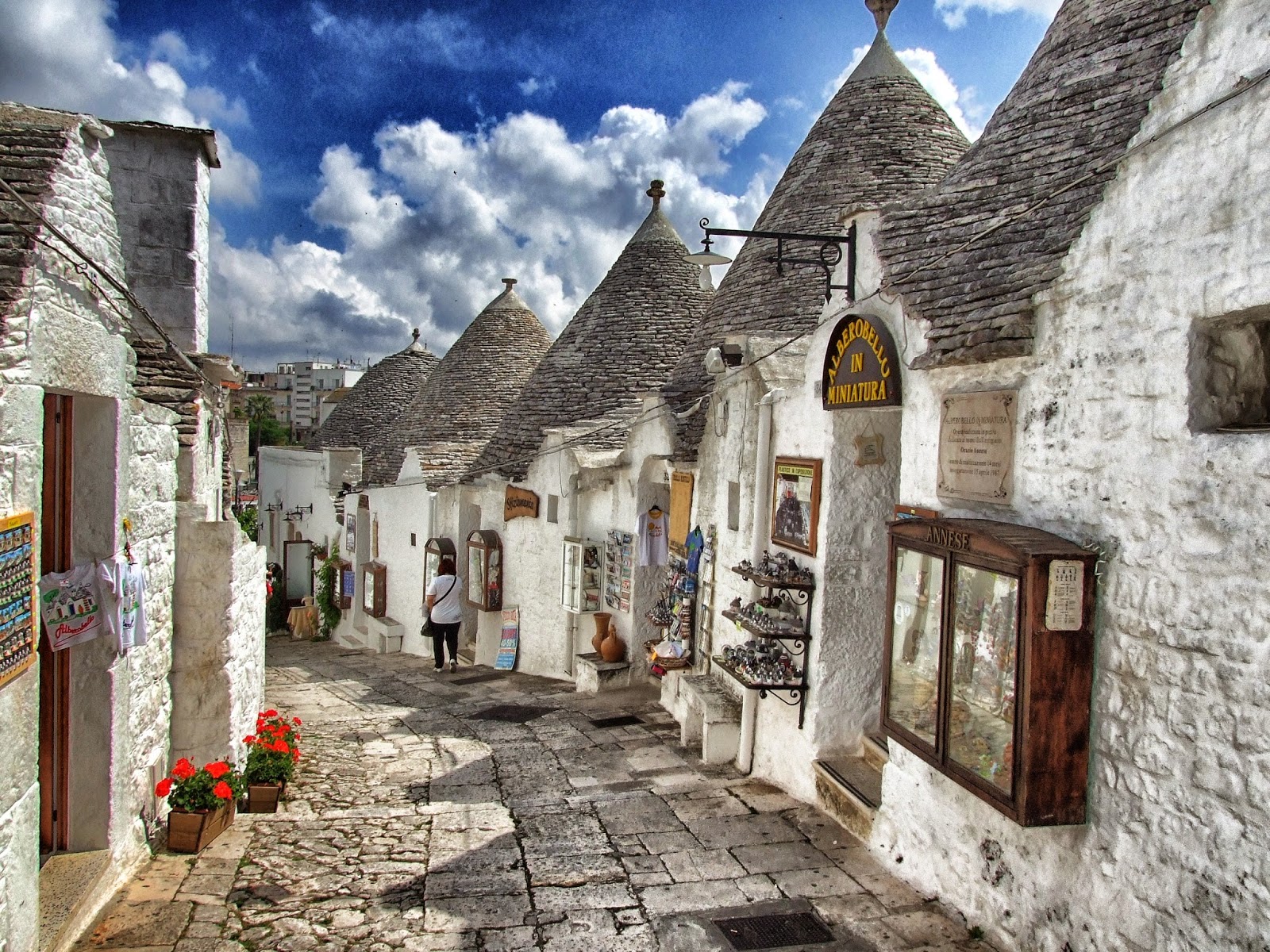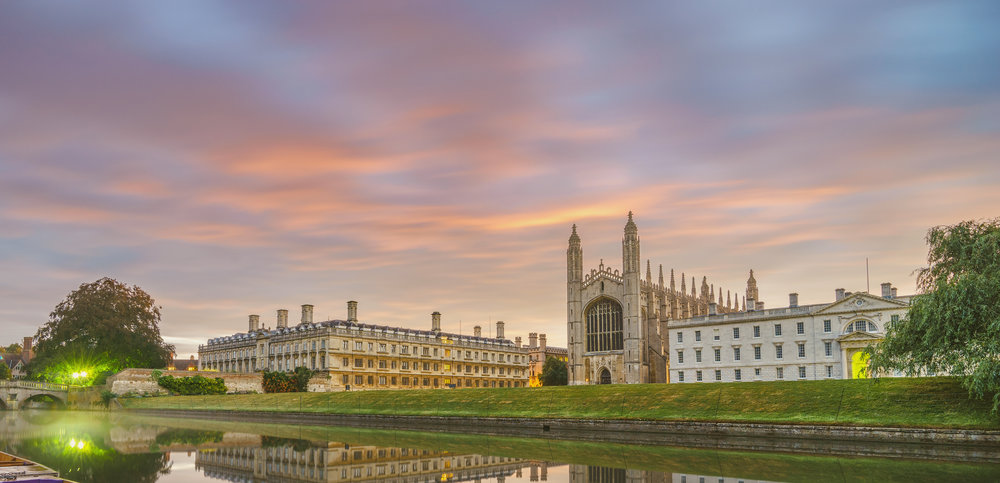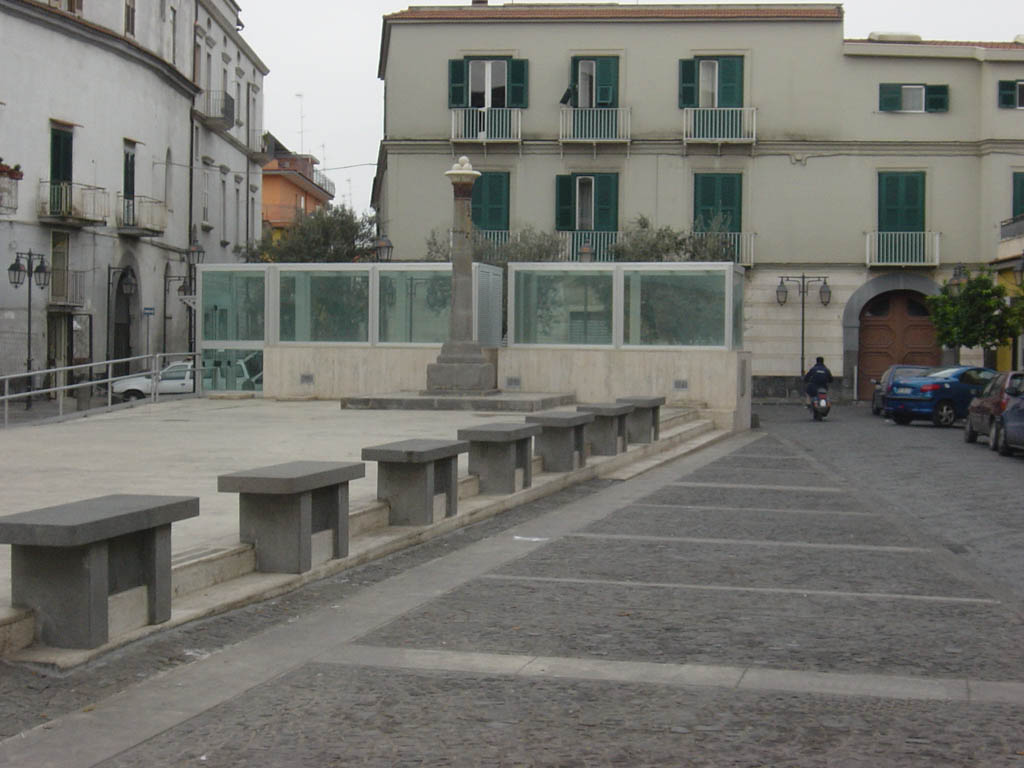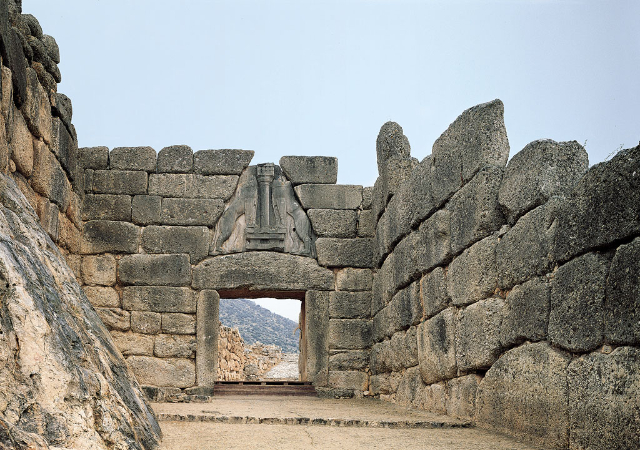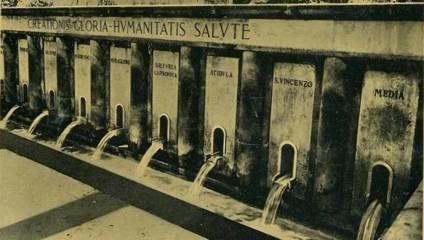The name comes from the late Greek ???????, meaning "dome," and indicates ancient dry-stone conical constructions of prehistoric origin. The stone used for the constructions was obtained from the limestone rocks of the Murge Plateau.
Alberobello, trulli
Trulli, found mainly in the Valle d’Itria, located between the provinces of Brindisi, Bari and Taranto, are still used today as dwellings and are an ingenious and long-lived example of spontaneous architecture.
Alberobello, a town in the hinterland of Bari, undoubtedly represents the capital of Trulli: the historic center is entirely made up of these peculiar pyramid-shaped buildings that make it unique in the world.
According to some studies, the trulli of Alberobello date back to the mid-14th century; at that time, in fact, it was common to tear down and rebuild ruined buildings rather than repair them.
The dry construction, without mortar, seems to have been imposed on peasants in the 15th century by the Counts of Conversano, to escape an edict of the Kingdom of Naples that imposed tributes on every new urban settlement. Such buildings were therefore precarious constructions, easy to demolish and not taxable.
In truth, the trulli are anything but precarious: in fact, the internal structure, although lacking support and connecting elements, possesses an extraordinary static capacity.
The plan of the trullo is roughly circular; on the natural rock base is grafted the heavy lime masonry.
Generally, trulli are modular units: the interior rooms are distributed around the central room. The thickness of the walls and the scarce presence of windows ensure an optimal thermal balance: warm in winter and cool in summer.
The roof is composed of a pseudo-dome of horizontal limestone slabs placed in concentrically smaller and smaller series-the so-called "chianche" (inside) and the thinner "chiancarelle" (outside).
Very important is the keystone, often decorated with esoteric, spiritual or propitiatory motifs. Ingenious is the presence of a cornice projecting from the roof used to collect rainwater in special cisterns.
Trulli are a unique example of an ancient construction that survives and is still used today.
